Dupa plasarea solicitării de comandă, in sectiunea Istoric puteti vedea cate solicitări de comandă mai avem de procesat inaintea dumneavoastra
Program de lucru: Luni - Vineri 8:30 - 17:30, pauza 12:30 - 13:30.
Se efectueaza lucrari de mentenanta la site si pot aparea erori. In cazul in care intampinati erori va rugam sa reincercati mai tarziu.
Ridicarea personala este disponibila pentru comenzile achitate in avans. Se pot ridica dupa ce sunt pregatite.
Niciun produs
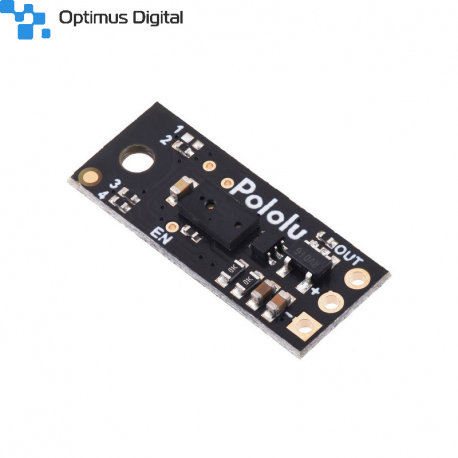 Mărește
Mărește
Senzor de Distanță Pololu, cu Ieșire PWM (max. 50 cm)
0104110000079381
Produs nou
Senzor de Distanță Pololu, cu Ieșire PWM (max. 50 cm)
Acest produs nu mai este in stoc
- Scrie o recenzie
- Elimina acest produs din lista mea de favorite.
- Adauga acest produs la lista mea de favorite.
- Imprimă
Informații
Senzor de Distanță Pololu, cu Ieșire PWM (max. 50 cm)
Recenzii
Clienții care au cumpărat acest produs au mai cumpărat:
-
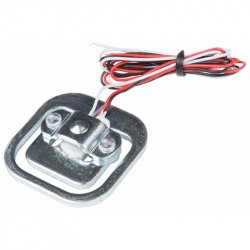
Traductor de...
Traductor de Apasare de 50 kg.
$7.19
-
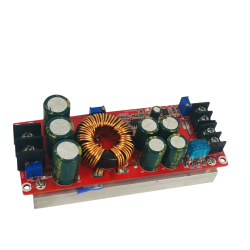
Modul Sursă...
Modul Sursă de Tensiune DC-DC Ridicătoare (1200 W)
$21.60
-
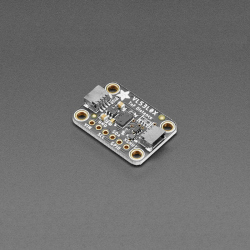
Modul senzor...
Senzorul este mic și ușor de utilizat în orice...
$28.80
-
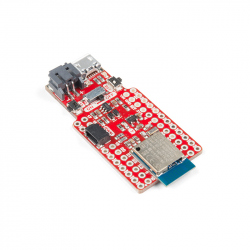
Placă de...
Placă de dezvoltare bluetooth - Pro nRF52840 Mini
$42.96
-
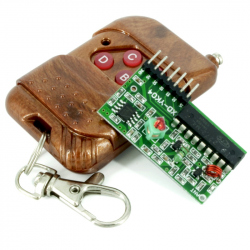
Kit...
Kit telecomanda wireless ce poate transmite 4...
$4.62
-
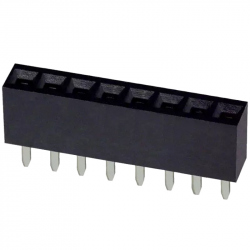
Header de...
Header de Pini Mamă 8p 2.54 mm
$0.12
-
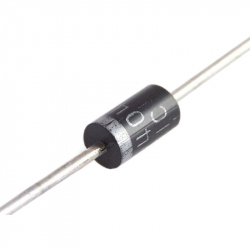
Diodă 1N4007
Diodă 1N4007
$0.12
-
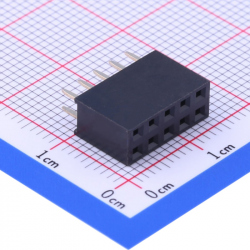
Header de...
Header de Pini Mamă 2x5p 2.54 mm
$0.36
-
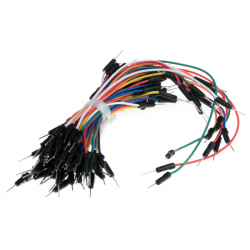
Set Fire...
Set de fire ideale pentru a conecta diferite...
$1.92
-
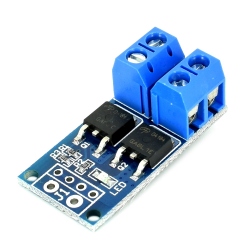
Modul...
Acest cumotator de mare putere poate controla...
$1.56








